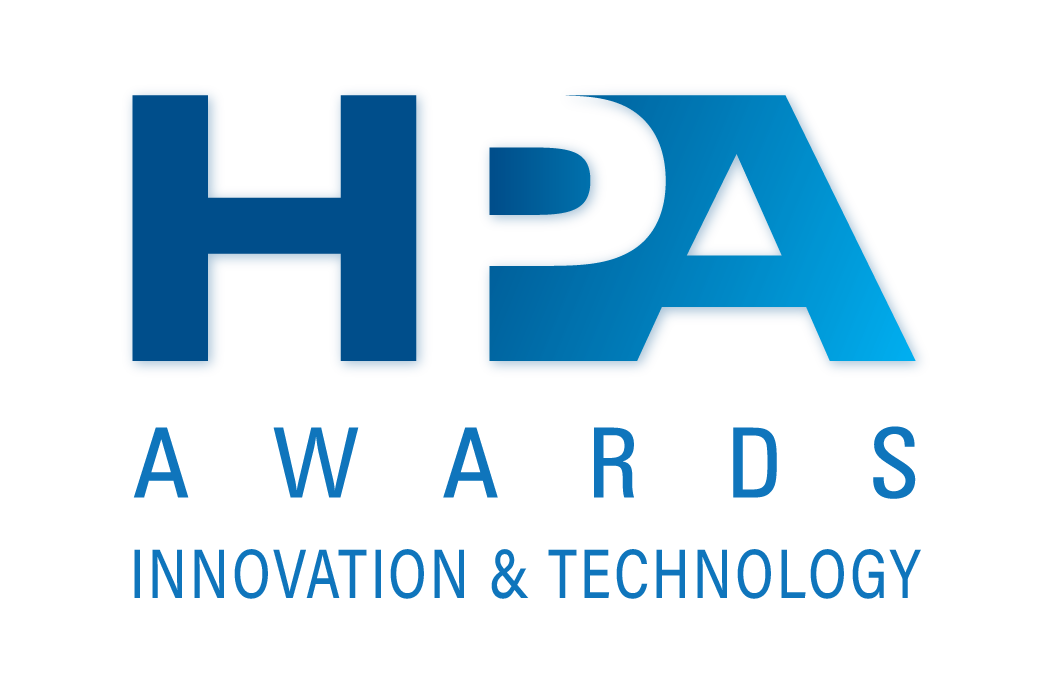Philips Defends White Space STA
Philips Electronics responded to charges by the Society of Broadcast Engineers last week that it unfairly influenced the FCC in receiving an experimental license without the requirement that it coordinate frequencies with the SBE prior to its test transmissions.
The FCC Special Temporary Authority allows Philips to test devices operating in the DTV unused channels, or white spaces, at a location in downtown Washington, D.C.
In a May 21 filing, Philips said Edmond Thomas, a former chief of the FCC Office of Engineering and Technology now representing the White Spaces Coalition, had spoken with FCC staff about the license, but the company said it did not violate FCC rules regarding public disclosure of contacts with FCC staff.
It’s the SBE, Philips said, that violated FCC rules by contacting the FCC on a “restricted proceeding”—the Philips STA application—without notifying Philips first.
SBE said it is also concerned about the effect of the tests Washington airwaves. “Interference from these devices is extremely likely (notwithstanding indoor operation at 50 mW of power) to BAS operations, and uncoordinated use of the device is even more likely to result in interference,” the SBE letter May 14 said.
Philips attorney Christopher J. Wright called the SBE allegations of undue political influence “over the line.”
“It is regrettable that, when a party seeks to demonstrate a potential innovative use of white space spectrum, MSTV and SBE are willing to go to such lengths to attempts to prevent the commission from seeing it.”
MSTV told the FCC the experiment would operate on TV Channels 28, 31, 41 and 44, and may cause interference to viewers watching WETA-DT (Channel 27), WHUT-TV (Channel 32), WPXW-DT (Channel 43) and possibly WJLA-DT (Channel 39).
The professional video industry's #1 source for news, trends and product and tech information. Sign up below.
